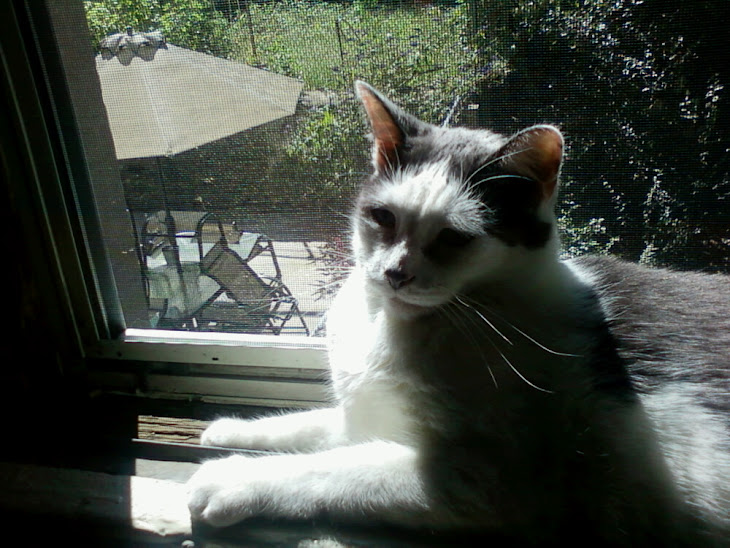Yeah, I know. That's the one we all think of.
Or, if I'm being very honest, it's this:
In memorializing the late Neil Simon, Frank Rich writes:
It is probably impossible for those theatergoers who didn’t grow up with Neil Simon’s plays to understand how big a deal he was in his prime, both to the theater and American pop culture. That was during the 1960s and 1970s when the phenomenal one-two punch of Barefoot in the Park (1963) and The Odd Couple (1965), which between them piled up about 2,500 performances in their original runs, was followed up by one smash Broadway hit after another. As the Simon assembly line quickly accelerated, his hit plays begat hit movies, which then begat television sitcoms, which sometimes begat additional television sitcoms. He wrote musicals too (the best is Little Me, as originally guided in 1962 by Bob Fosse), and Hollywood screenplays. For a while it was all Neil Simon all the time — remarkably so given that his mainstream branch of domestic comedy was in conflict with a culture, in theater and movies alike, that was moving fast in the opposite direction.Rich isn't the only one to sound this note--not quite disparaging, but viewing the late "Doc" Simon as a dinosaur, whose era long ago ended. Even Charles Isherwood's considerably more appreciative obit in the NYT ends on a similar note, quoting Simon as saying"I know how the public sees me, because people are always coming up to me and saying, ‘Thanks for the good times,’”.... “But all the success has demeaned me in a way. Critically, the thinking seems to be that if you write too many hits, they can’t be that good.”
There's a tendency to write Simon off as a joke-machine, but (as Isherwood notes), the flip humor covers real emotion:
Agony is at the root of comedy, and for Mr. Simon it was the agony of an unhappy Depression-era childhood that inspired much of his finest work. And it was the agony of living in Los Angeles that drove his determination to break free from the grind of cranking out jokes for Jerry Lewis on television and make his own name. As he wrote in his 1996 autobiography, “Rewrites” (the first of two volumes), the plush comforts of Hollywood living might extend your life span, but “the catch was when you eventually did die, it surely wouldn’t be from laughing.”I still have my copy of The Comedy of Neil Simon, the 1971 collection of his plays from "Come Blow Your Horn" through "Last of the Red Hot Lovers." This is decades before the more overtly autobiographical trilogy, or Lost in Yonkers.
And yet, in his introduction, "Portrait of the Artist as a Schizophrenic," Simon levels with us, describing himself as split between the "Human Being" who lives life, and the "Monster" who lives underneath the bland, benign face with the kind smile. The Monster observes, and writes, and hones all the experiences of the Human being, or of anyone whose behavior catches his watchful eye, into drama. Oe comedy. Quoting a moment from Barefoot in the Park when the newlyweds are squabbling, Simon tells us it's a recast version of a fight between him and his wife--this time without the frozen veal chop being hurled at him--and he thinks, "Damn you, Monster, they're just a couple of nice kids starting out in life. Give them a break, will you?"
Even then, Simon was motivated by the need to find the story, and the humor in the story.
Yeah, the plays are mixed in quality. And have aged, some badly, some quite well. The one-liners are usually good, though, and based in character and place.
And that's a way in which Simon was a dinosaur. His New York--Manhattan--is gone. Oh, little pieces of it can be found, but the self-consciously wry, dirty and yet beautiful city of my youth where strange but likable people made kvetching an art form, crafting a poetry of exasperation, and piling on the frustration like Pastrami on a sandwich at Katz's--that world has left only behind trace elements. Hell, nowadays the staff at the Strand are polite. Usually.
There was a lot wrong with it, and a lot that had to go (and still has to).
But there's something to be said for the old New York, the one I remember in my student days, and the first years of my career, when Manhattanites strode out into the world with no armor but the bracing sarcasm of Simon's characters, women and men alike (the televised version of The Odd Couple nailed it when they cast raspy-voiced Brett Somers as Oscar's ex-wife, opposite her actual husbandJack Klugman, and giving as good as she gets). It was Simon's era, Gelbart's, Matthau's and Lemmon's, and it shaped me.
Thanks, Doc.



